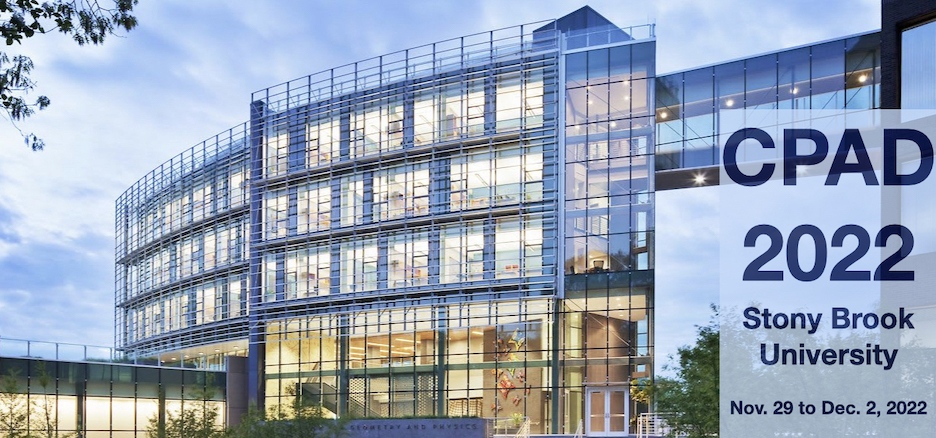Speaker
Description
We present a novel methodology for application to neutron imaging detectors equipped with boron layers. State of the art boron coated neutron detectors are equipped with 10B films deposited on substrate plates with combined thickness larger than the range of the fission fragments emitted upon a neutron capture reaction. Since these fission fragments are emitted back-to-back, one of them (at least) is always lost into the converter foil with the 10B material. Our novel methodology uses an ultra-thin converter foil, which allows for both fission fragments to reach its surface and be detected in coincidence by two gaseous detector, placed on the sides of the converter foil. By combining the information extracted from tracks produced in the gas by the two fission fragments, it is possible to achieve superior position reconstruction, for shorter exposures, and to provide intrinsic gamma-ray suppression. Through GEANT4 simulations, we verified that the spatial resolution obtained by centre of gravity charge readout methods can be significantly improved [1]: our results show that, by using 0.5 µm thick B4C layers deposited on a 0.9 µm Mylar substrate, the spatial resolution can be improved by a factor of 8, compared to conventional detectors with thick 10B detection layers.
We will present the novel methodology and, along with the requirements and advances in the production of ultra-thin converter foils, share the results obtained so far and the prospects for future neutron imaging applications.

